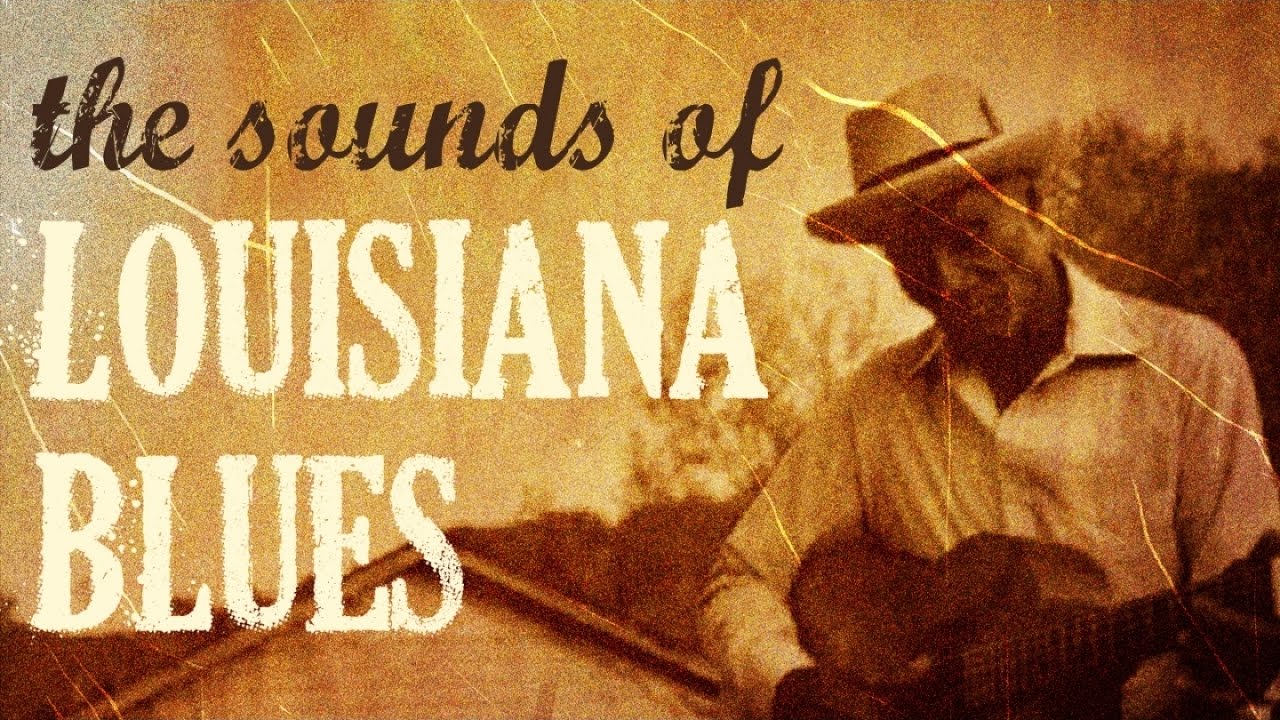The Louisiana blues, a distinct regional style of blues music, reflects the rich cultural tapestry and historical influences of Louisiana. Emerging in the early 20th century, it is characterized by its unique blend of African, Creole, Cajun, and American musical elements. This genre not only underscores the diverse heritage of Louisiana but also contributes significantly to the broader spectrum of American blues music.
Historical Background
Louisiana’s blues heritage traces its roots to the deep South, where African-American slaves and their descendants developed various musical traditions that would eventually merge into what we recognize today as the blues. The state’s blues scene grew alongside its diverse population, which included French, Spanish, African, and Creole influences. The blues in Louisiana thus reflects a melting pot of cultures, each contributing to its distinctive sound.
During the early 1900s, as African-Americans migrated within the United States, many settled in urban areas of Louisiana, particularly in New Orleans and Baton Rouge. This migration played a crucial role in the evolution of the Louisiana blues. The vibrant nightlife of New Orleans, with its famous clubs and street music, provided a fertile ground for blues musicians to experiment and evolve their sound. The result was a genre that combined traditional blues with the rhythms of jazz, zydeco, and Cajun music.
Musical Characteristics
Louisiana blues is often distinguished by several musical features:
- Rhythmic Influence: Louisiana blues frequently incorporates syncopated rhythms and a strong sense of groove. This rhythmic complexity often reflects the influence of New Orleans jazz and the region’s affinity for danceable music.
- Instrumental Variety: Unlike the more stripped-down Delta blues, Louisiana blues often features a broader range of instruments, including pianos, accordions, and horns. The accordion, in particular, is a nod to the region’s Cajun and zydeco traditions.
- Lyrical Themes: The lyrical content of Louisiana blues typically explores universal themes of love, hardship, and social issues, but often with a local twist. The storytelling aspect is enriched by references to the state’s culture, landscapes, and daily life.
- Vocal Style: The vocal delivery in Louisiana blues can range from the raw, emotive intensity typical of traditional blues to more melodic and smoother styles influenced by jazz and Creole music.
Influential Artists
Several artists have been pivotal in defining and popularizing the Louisiana blues style:
- Lead Belly (Huddie Ledbetter): One of the earliest and most influential figures in Louisiana blues, Lead Belly’s powerful voice and mastery of multiple instruments, including the 12-string guitar, made him a key figure in the genre. His repertoire included work songs, spirituals, and traditional blues.
- Slim Harpo: Known for his “swamp blues” style, Slim Harpo blended elements of blues, rhythm and blues, and swamp pop. His hits like “I’m a King Bee” and “Rainin’ in My Heart” have become blues standards.
- Lazy Lester: A significant figure in the swamp blues subgenre, Lazy Lester’s harmonica playing and songwriting contributed greatly to the Louisiana blues sound. His recordings often feature a relaxed, swampy groove.
- Professor Longhair (Henry Roeland Byrd): While more closely associated with New Orleans rhythm and blues, Professor Longhair’s piano style and compositions like “Mardi Gras in New Orleans” have had a lasting impact on the Louisiana blues sound.
Subgenres and Evolution
Louisiana blues encompasses several subgenres, reflecting the state’s diverse musical influences:
- Swamp Blues: Characterized by its laid-back tempo and “swampy” atmosphere, swamp blues often incorporates elements of country blues and rhythm and blues. Artists like Slim Harpo and Lazy Lester epitomize this style.
- New Orleans Blues: This subgenre blends blues with the rich musical heritage of New Orleans, incorporating jazz, brass bands, and boogie-woogie influences. Professor Longhair and Dr. John are notable figures in this style.
- Cajun and Zydeco Blues: These styles incorporate the French Acadian (Cajun) and Creole musical traditions, often featuring accordions and washboards. While not strictly blues, they influence and overlap with the Louisiana blues genre.
Cultural Impact and Legacy
The cultural impact of Louisiana blues is profound, both within the state and beyond. It has influenced numerous other genres, including rock and roll, rhythm and blues, and jazz. Louisiana blues also contributed to the broader narrative of the American blues tradition, offering a unique regional perspective that complements the more widely known styles like Delta and Chicago blues.
Festivals such as the New Orleans Jazz & Heritage Festival celebrate Louisiana’s musical heritage, including its blues traditions, drawing attention to the genre’s enduring legacy. Additionally, the ongoing influence of Louisiana blues is evident in contemporary music, where its distinctive sounds and rhythms continue to inspire new generations of musicians.
Conclusion
Louisiana blues stands out as a vibrant and essential thread in the fabric of American blues music. Its unique blend of rhythmic complexity, instrumental diversity, and cultural richness reflects the state’s multifaceted heritage. From the swampy grooves of Slim Harpo to the infectious rhythms of Professor Longhair, Louisiana blues has left an indelible mark on the musical landscape, continuing to resonate with audiences around the world.

Comments are closed